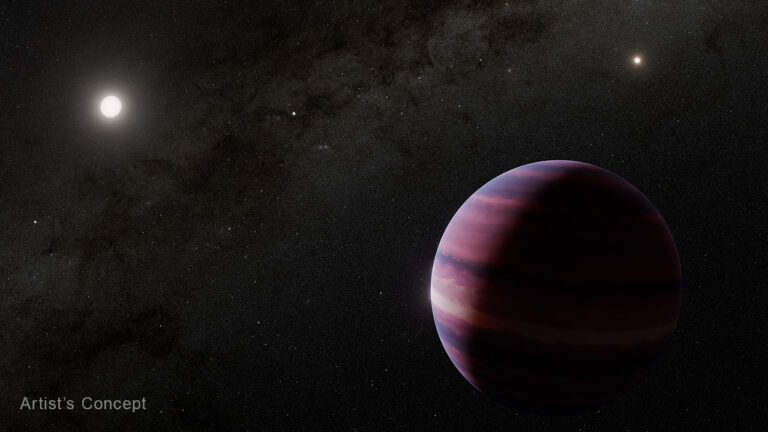Key Takeaways:
Now, by studying TW Hydrae, a young star located less than 200 light-years from Earth, astronomers think they’ve found a planet in the very earliest stages of formation. It’s marked by a large, diffuse blob of gas orbiting at the edge of the otherwise well-ordered disk of material. Researchers led by Takashi Tsukagoshi from the National Astronomical Observatory of Japan reported their observations June 6 in The Astrophysical Journal Letters.
Still Growing
Because the disks around these young stars are relatively cool, they don’t shine much in visible light. However, they do glow in radio waves, making the ALMA radio array, located in Chile, a specialist at finding such objects. With its 66 networked dishes, ALMA can take detailed pictures of the radio sky, zooming in on the disks around individual stars and imaging fine details.
In this case, ALMA discovered a blob of material as wide as the distance between the Sun and Earth, and as long as the distance between the Sun and Jupiter. Astronomers think clumps or blobs in the disk around young stars is one of the first stages of planet formation.
But the blob is at odds with some parts of astronomers’ theories as well. For one, it’s strange that a disk should form just a single protoplanet. Models and studies of other systems indicate multiple planets forming at the same time are more likely. Also, these protoplanet blobs are expected to be more rounded, instead of the distended shape found within TW Hydrae’s disk.
It’s possible the baby planet is merely a spinning vortex of gas, similar to a hurricane forming in the gases of Earth’s atmosphere. Or maybe astronomers are truly seeing the very first stage of planet formation for the first time.
Tsukagoshi and his team plan to revisit the star system with ALMA and other telescopes, like Japan’s Subaru telescope, to measure the temperature in the disk and look for more clues about their potential baby planet.










